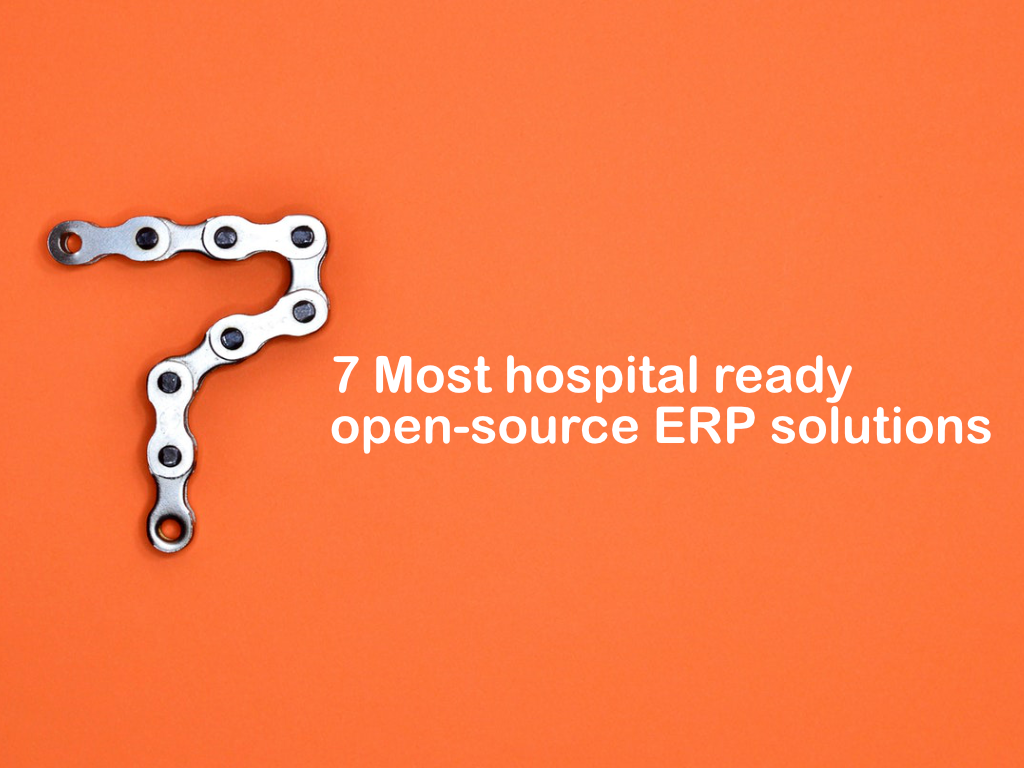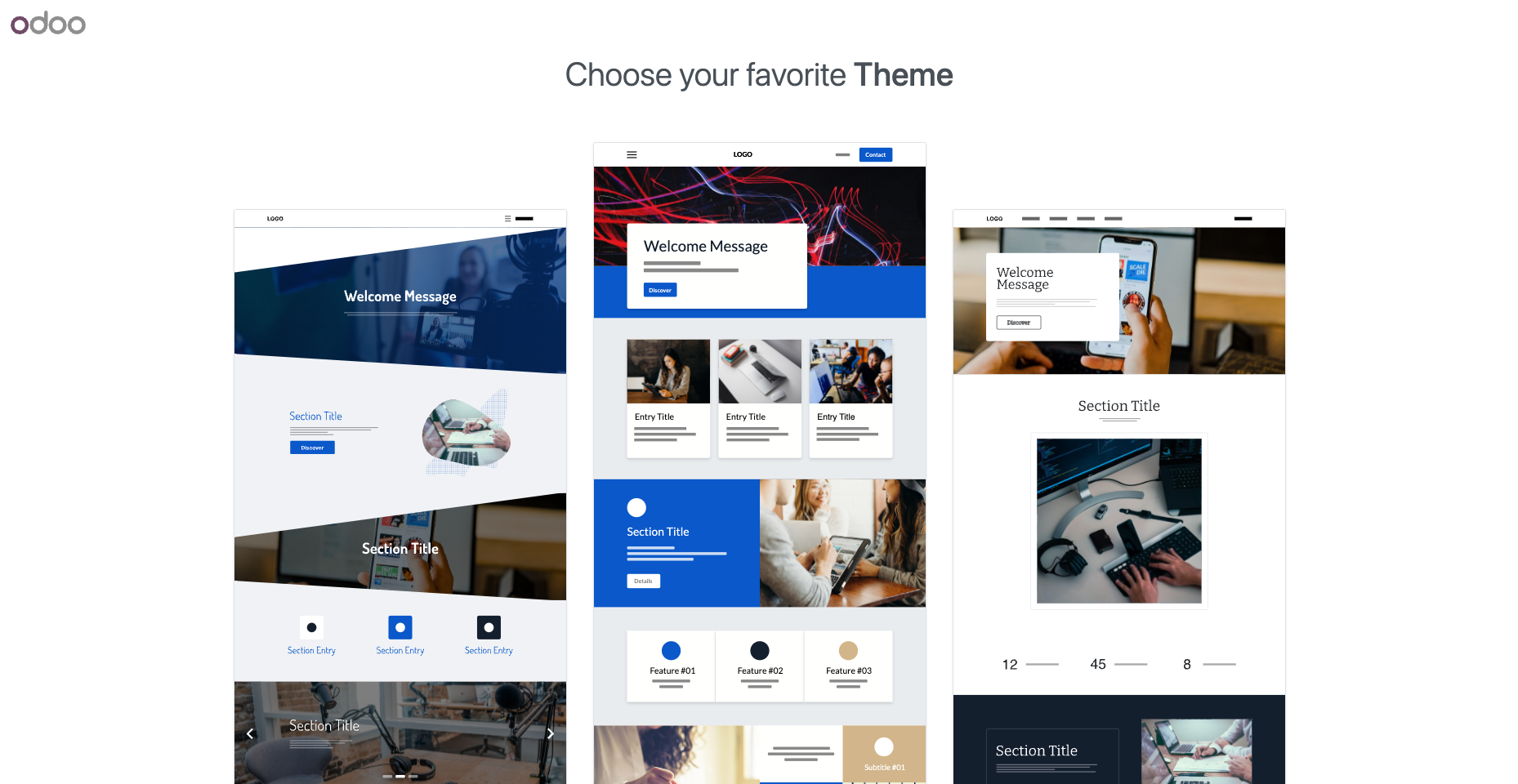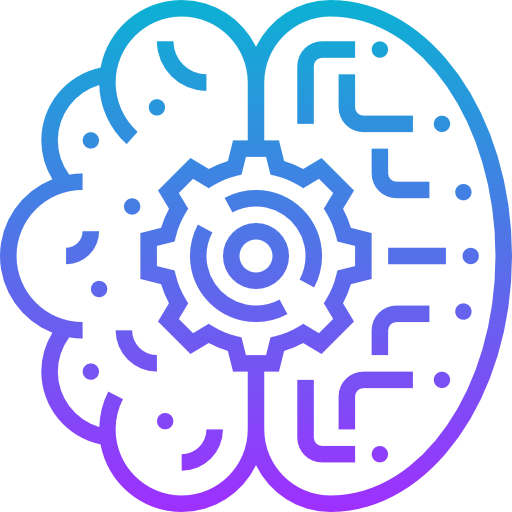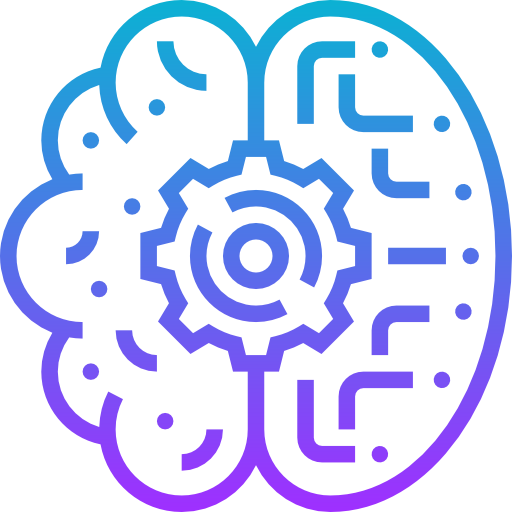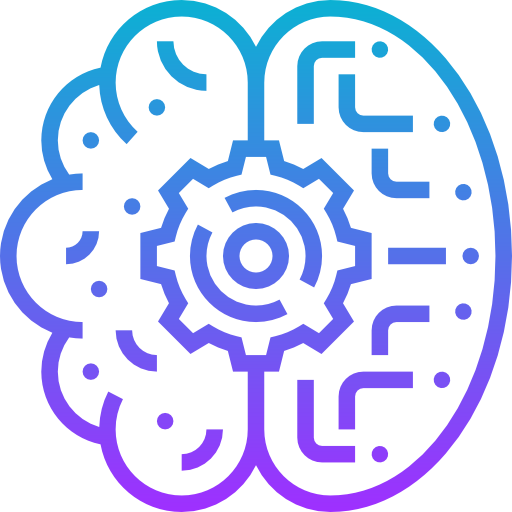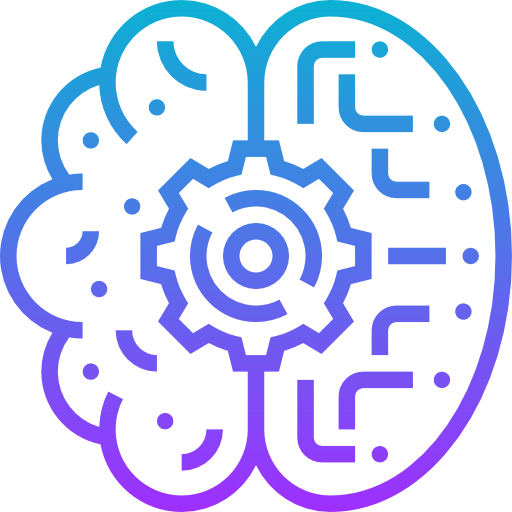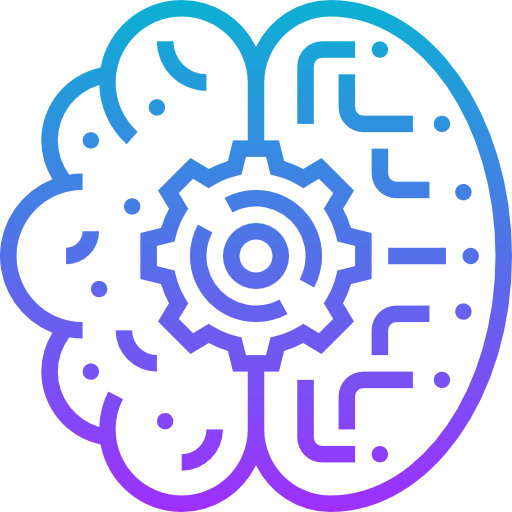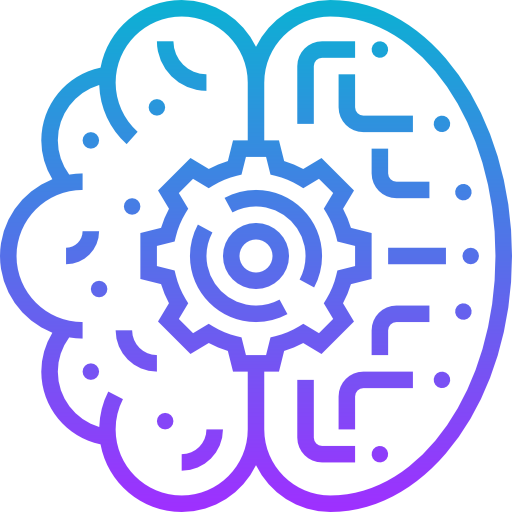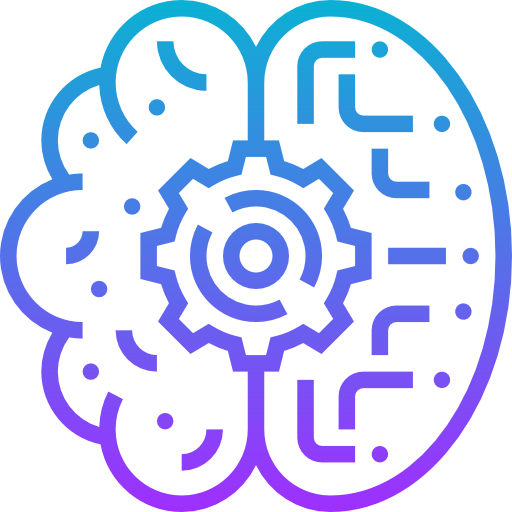Patient Portals: Why Every Hospital Needs This Essential Tool for Better Care and Satisfaction
Table of Content
As a doctor who works mostly as a developer, I’ve seen firsthand how patient portals can transform the way hospitals and clinics interact with their patients. Think of a patient portal as a digital front door to your healthcare services.
It allows patients to manage appointments, access medical records, and communicate with healthcare providers—all from the comfort of their own homes.
If your hospital isn’t using a patient portal yet, it’s time to seriously consider implementing one. Not only do they improve patient satisfaction, but they also streamline workflows for healthcare staff and meet the growing expectation for convenient, digital-first healthcare.
Let’s explore what patient portals are, why hospitals need them, key features to look for, and how to ensure compliance with regulations like HIPAA and GDPR.
What is a Patient Portal?
A patient portal is an online platform that allows patients to access and manage their personal health information (PHI). These portals are typically connected to a hospital’s electronic health records (EHR) system and provide a range of self-service options, such as:
- Booking appointments
- Viewing lab results
- Messaging doctors or nurses
- Requesting prescription refills
- Accessing medical histories and visit summaries
- Paying bills
In short, it puts the power of healthcare management directly into the hands of patients.
Patient Portals and Patient Satisfaction
When patients can easily access their health information and communicate with their care team, their satisfaction levels naturally rise. Portals give patients a sense of control and transparency.
They no longer have to wait for phone calls or chase down paperwork. Instead, they’re empowered to manage their healthcare journey on their own terms.
Why Hospitals Need a Patient Portal
Hospitals that invest in patient portals are investing in better patient outcomes and satisfaction. Here’s why they’re indispensable:
1. Improved Patient Engagement
When patients can effortlessly access their medical information through a patient portal, they are more likely to stay engaged and proactive with their healthcare. They can easily review their medical history, follow up on treatment plans, and stay informed about their health status.
For hospitals, this means fewer missed appointments, more accurate information, and higher levels of patient satisfaction—all contributing to improved health outcomes and more efficient care delivery.
2. Enhanced Efficiency for Staff
Patient portals handle routine tasks like appointment scheduling, prescription refills, and billing inquiries automatically.
This saves valuable time for healthcare staff, allowing them to concentrate more on providing quality patient care and improving overall hospital efficiency.
3. 24/7 Accessibility
Patients can access the portal anytime, anywhere—whether it's late at night or during a weekend. This reduces the need for phone calls or in-person visits for routine tasks like scheduling appointments, checking lab results, or requesting prescriptions.
For hospitals, this means fewer incoming calls, shorter wait times, and smoother overall operations.
4. Reduced Errors
Patients can review their medical information in real-time and flag inaccuracies immediately. This helps prevent miscommunications, incorrect billing, or prescription errors.
Hospitals benefit from more accurate records, streamlined administrative processes, and reduced liability risks, which enhances overall service quality.

5. Increased Patient Satisfaction
When patients receive quick responses, transparent information, and the convenience of managing their care online, they feel more valued and supported.
This seamless experience boosts patient trust, encourages follow-through on treatments, and ultimately increases loyalty to the hospital’s services.
Key Features of a Functional Patient Portal
Not all patient portals are created equal, and for developers building these systems, understanding essential features and security considerations is crucial. A well-designed patient portal should include:
- Secure Login and Authentication: Strong security measures like multi-factor authentication and encryption to protect sensitive patient data. Security is critical to avoid breaches and maintain patient trust.
- Appointment Scheduling: Intuitive tools to book, reschedule, or cancel appointments seamlessly. This reduces administrative workload and ensures efficient scheduling for both patients and staff.
- Lab Results Access: Instant access to lab results with detailed explanations. This transparency empowers patients and reduces the need for follow-up calls.
- Messaging System: Secure, encrypted communication between patients and providers, ensuring privacy while enhancing accessibility.
- Prescription Management: Tools to request refills, view medication histories, and receive reminders. This streamlines medication adherence and reduces prescription errors.
- Billing and Payment Integration: Easy access to bills, online payment options, and payment tracking. It simplifies billing processes and reduces payment delays.
- Mobile Compatibility: A responsive design that works seamlessly on smartphones and tablets, enabling patients to manage their healthcare on the go.
Developers must prioritize security, usability, and compliance to ensure the portal not only meets patient needs but also supports hospital operations and protects sensitive health information.
Choosing the Right Platform to Build a Patient Portal
So, how do you go about building a patient portal? There are a few options, ranging from fully-custom builds to using open-source platforms and low-code solutions.
Open-Source Solutions
Open-source apps offer flexibility, cost-effectiveness, and community support. Here are some reliable options:
- WordPress: With plugins like Patient Portal for WordPress or WP ERP, WordPress can be adapted for healthcare needs. It’s a familiar platform and relatively easy to customize. You may check our article about using WordPress as a Patient Portal.
- Drupal: Drupal’s powerful content management system can be extended with healthcare modules to create a robust, secure patient portal.
- Odoo: A versatile ERP system with healthcare modules. Odoo can manage everything from appointments to billing.
- ERPNext: Another excellent open-source ERP that supports patient records and scheduling.
Low-Code Platforms
Low-code tools allow hospitals to build patient portals with minimal coding. Platforms like OutSystems, Mendix, and Appsmith offer drag-and-drop interfaces for quick development.
Of Course there is always options of building it from scratch, however the decision makers should consider which framework and platform is the best for that.
Compliance Considerations (HIPAA, GDPR, and Beyond)
In the US: HIPAA Compliance
Hospitals in the United States must ensure that patient portals comply with the Health Insurance Portability and Accountability Act (HIPAA). This includes:
- Data Encryption: Protect patient data during transmission and storage.
- Access Controls: Limit access to authorized users.
- Audit Trails: Track who accesses patient information and when.
In the EU: GDPR Compliance
For hospitals in Europe, compliance with the General Data Protection Regulation (GDPR) is essential. Key considerations include:
- Data Consent: Obtain clear consent from patients to store and process their data.
- Right to Access and Erasure: Patients should have the ability to access or delete their data.
- Data Protection by Design: Build privacy protections into the portal from the ground up.
Other Countries
Many countries have their own data protection laws (e.g., PIPEDA in Canada, PDPA in Singapore). Make sure your patient portal complies with local regulations wherever you operate.
Why Patient Portals are a Must-Have for Value-Based Care
Hospitals and clinics moving towards value-based care need patient portals to deliver the best outcomes. These portals enhance communication, improve efficiency, and empower patients to take an active role in their health—key elements of value-based healthcare.
Final Thoughts: The Future is Digital
As someone who’s worked in both medicine and software development, I’ve seen the incredible impact patient portals can have. At Medevel.com, we’ve covered dozens of open-source healthcare solutions designed to make healthcare more efficient and patient-friendly. Patient portals are no longer a "nice-to-have"—they’re a must-have for any hospital that wants to thrive in the digital age.
Embrace patient portals, and give your patients the tools they need for better, faster, and more satisfying healthcare experiences.
Explore More: Check out our reviews of open-source healthcare apps, ERP systems, and tools that help hospitals stay ahead of the curve.

